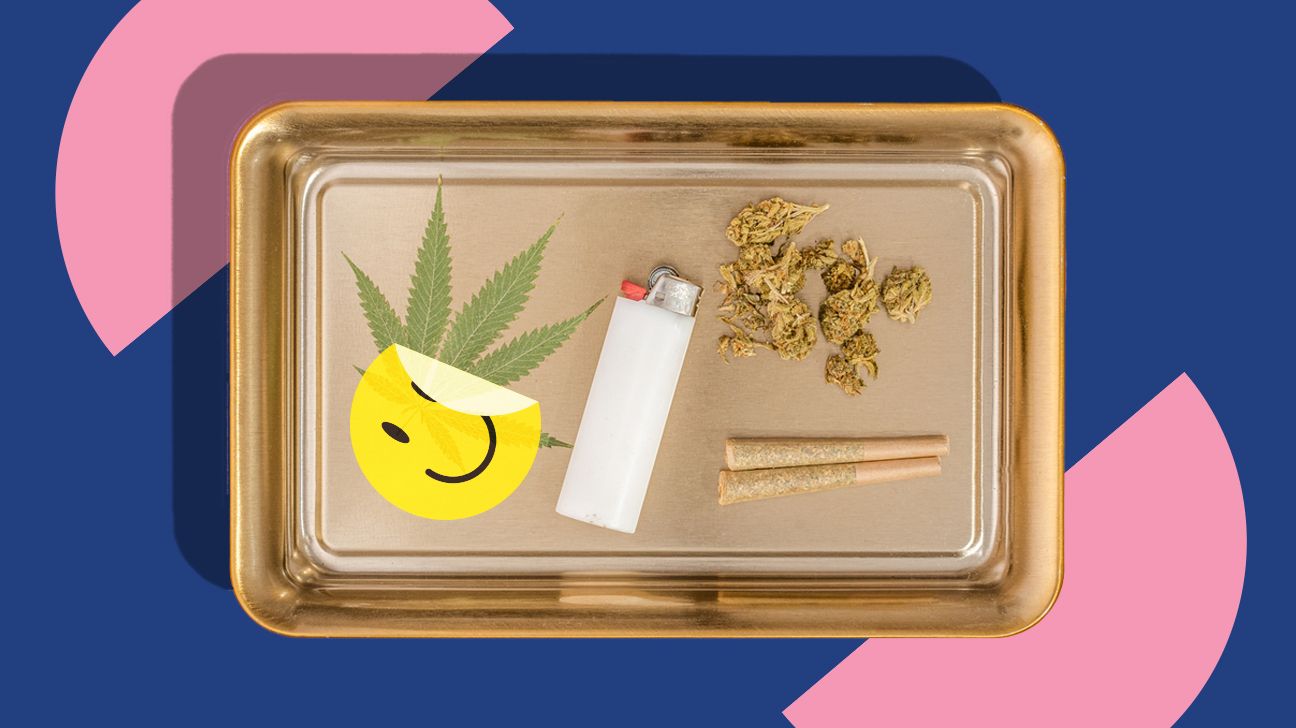If you have bipolar disorder (BD) or know someone who does, you’re probably familiar with the big highs and lows that go along with the condition. It can be challenging, but there are several strategies for managing BD — and continuing to be your amazing self. For some people, that includes cannabis (aka marijuana).
There are four main types of bipolar disorder to know about.
To receive a diagnosis of bipolar I, a person must have at least one manic episode — an intense exclamation point of high energy and sometimes out-of-character behavior. (Despite the condition’s name, these highs may not be accompanied by similarly intense lows.)
In bipolar II, the highs, known as hypomania, are less extreme but can be followed by equally challenging periods of depression. And with the third type, cyclothymia, both the highs and the lows are milder, though they can still complicate your everyday life. Lastly, type four: simply called “other,” it covers people who experience highs and lows that don’t quite fit into the other three types (more on the types of bipolar here!).
During an episode of mania, you may feel irritable, impulsive, energetic, and voracious for food and sex, and you may think and talk faster than usual. You might feel super productive and creative at some times and unfocused and scattered at others.
The flip side — depression — can bring on exhaustion, sadness or despair, the inability to focus or do creative work, and the sinking feeling that you’ll never be inspired again. Though it doesn’t last forever, depression can cause you to temporarily lose your mojo for fun stuff like food, sex, and your favorite things.
Medication and therapy are the most well-researched and reliable methods of treating BD. But some people also find that cannabis helps them manage their symptoms. A lot more research is needed, but here’s what we currently know.
The answer here is a big ol’ maybe, because:
Some say yes
Medical case studies dating back to the ’90s highlight people whose BD symptoms were improved by using cannabis. Today, plenty of “weed feeds” on social media reflect the same idea: Cannabis helps (some people, at least) balance out the highs and lows of mania and depression. But that’s all anecdotal.
A 2015 study found that marijuana use resulted in improved mood for people with BD without downgrading their mental functioning. Sounds like a win, but the sample size of this study was pretty small, including only 12 people with BD who also used cannabis.
Another small(ish) study from the same year found that cannabis use in people with BD was associated with positive mood. But this study also found that people experienced more manic and depressive symptoms after smoking marijuana.
Confused? Us too.
The authors of the latter study suggest that because marijuana contains cannabinoids like THC and CBD along with many other compounds, it’s difficult to predict its effects — particularly in people with underlying conditions like BD.
Cannabis is sometimes called “biphasic” or “bidirectional,” meaning it can bring on intensely positive feelings and sensations or downright lousy ones, depending on the dose, the setting, the user’s personality, and whether the user smoked, ate, or vaped the marijuana.
Which leads us to the other side of the coin…
Some say no
A 2015 review of six studies on cannabis and BD found that smoking weed might worsen, or even bring on, BD symptoms. Another study found that people with BD who smoked marijuana were about six times more likely to develop cannabis use disorder than the general population.
It’s also possible that using cannabis at a younger age could bring on BD symptoms earlier in life and increase the chance of suicide.
Keep in mind that these studies focused on people smoking THC-rich cannabis flower, which is the kind that’s still most commercially available in the United States.
Cannabidiol, or CBD, often comes in the form of an oil and is being studied for its effect on many mental health conditions. In fact, CBD is thought to be useful for anxiety, psychosis, and inflammation (which is present in people with BD). Plus, it doesn’t get you high.
An ongoing Brazilian study is tracking the effects of CBD sans THC in people with bipolar disorder. Results are expected in 2022.
If you’re wondering how, or if, marijuana could help with BD symptoms, talk to your doctor or psychiatrist first.
If your regular provider isn’t open to the topic and you live in a state where medical marijuana is legal, you can look for a 420-friendly doc using online search tools.
Hopefully this goes without saying, but we’ll say it anyway: Never stop taking psychiatric meds on your own. You could experience unwanted side effects, withdrawal symptoms, or worsening of your BD symptoms. Talk to your doc, psych, or therapist if you’re having any issues with your medication or would like to explore cannabis options.
tl;dr
- Bipolar disorder affects about 4.4 percent of U.S. adults at some point in life. The three main types are bipolar I, bipolar II, and cyclothymia.
- Some people with BD find cannabis helpful for dealing with symptoms of mania and depression.
- Research on cannabis and BD is mixed. Anecdotal evidence and some studies suggest it improves mood and may reduce symptoms, while other research shows negative associations.
- Medication and therapy are still the gold standard for treating BD.
- Talk to your doctor about whether cannabis might be an option to help you manage symptoms. You can also look for a licensed practitioner willing to openly discuss the pros and cons of cannabis. Never quit taking BD meds without your doctor’s guidance.


